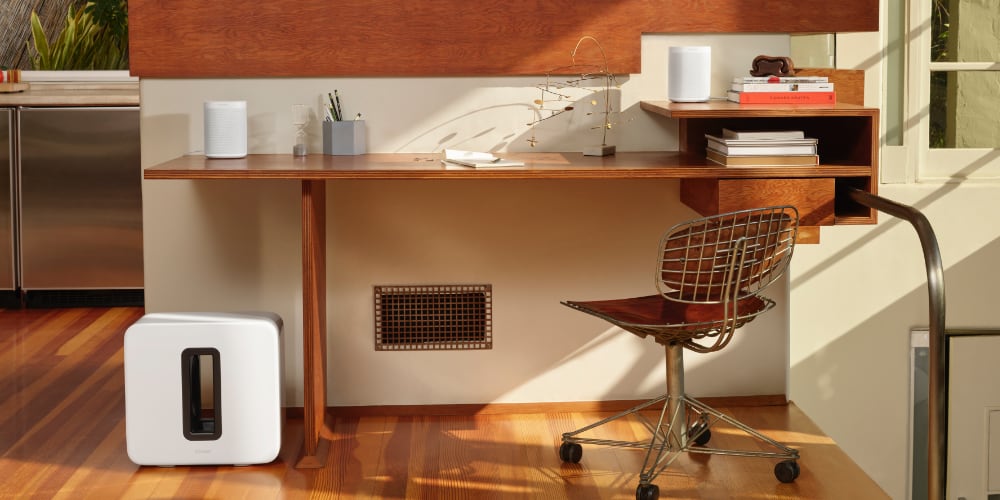It used to be that if you wanted to hear music in every room of your house, you turned your stereo up really loud and hoped the neighbors didn't complain.
If you live in the middle of nowhere, this might still work—but even if cranking the stereo loud enough to hear everywhere isn't a problem, it's far from ideal.
That's where whole home audio systems (also known as multi-room audio) come into play. These are different from simply expensive speaker systems that can play loudly enough to hear music in every room.
In this article, we'll explain what whole home audio is, why it's a useful way to listen to music in every room, and whether you might be able to do it with speakers and devices you already own.
The Basics of Whole Home Audio
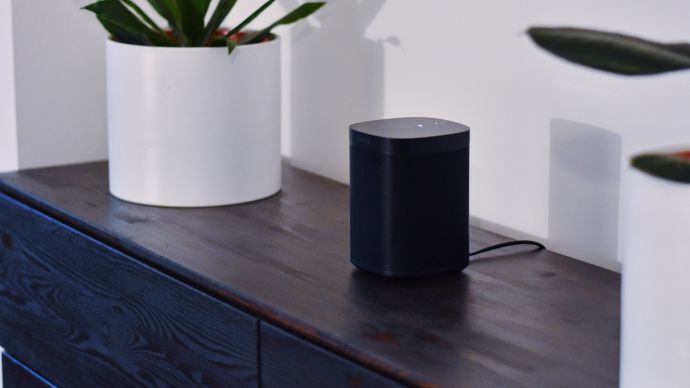
As a concept, whole home audio is simple:
You place several different speakers around the house, and these speakers are connected to each other (usually wirelessly). When you play music in one room, you can automatically distribute that music to all connected speakers throughout your home.
Of course, while the concept is simple, the practical setup is a little more complicated.
With wireless multi-room audio, sending and receiving the signals is simple enough... but syncing everything up so that the music you're hearing sounds the way it should is tough.
That's why high-quality whole home audio systems can get pretty expensive. If you don't want to drop that kind of money, there are some cost-effective options you can consider first.
Whole Home Audio With Smart Speakers
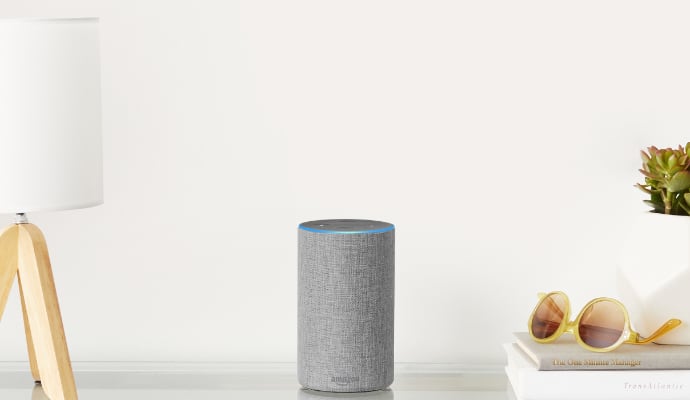
If you own a smart speaker—like most of the devices in Amazon's Echo line or an Apple HomePod—then you may already be capable of making your own whole home audio setup.
If you only have one smart speaker, you can try complementing it with cheaper "satellite" speakers that are designed to work with your brand of smart speaker.
For example, Apple's HomePod mini costs around $100 and works with Apple HomePod speakers. The Amazon Echo Dot is much cheaper at around $40, which works with any of the "main" Amazon Echo smart speakers.
Going through the setup process for each of these is beyond this article, but it should be relatively simple to get multi-room audio going with Apple, Amazon, and even Google smart speakers.
Once you've got enough speakers to cover every room (or nearly every room) in your home, you're all set.
Are Whole Home Audio Systems Worth It?
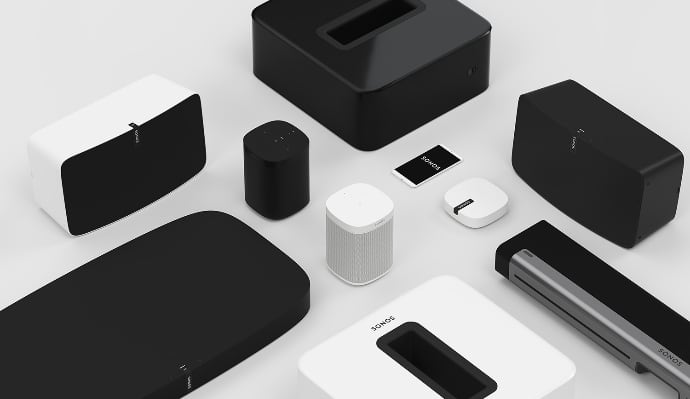
If buying individual speakers and connecting them together on your own sounds like too much work, you have another option: manufacturers like Sonos, Denon, and Bose all sell whole home audio systems ready to go.
Some of these multi-room audio bundles can get pretty big—and the price goes up as a result.
If you live in an apartment or a relatively small house, the costs won't be too astronomical. But if you live in a huge home, you may have to buy several extra speakers to cover every room.
The main downside of whole home audio systems is that they're mainly designed for customers who are used to paying a lot for nicer things.
This means that even the cheapest whole home audio systems are significantly more expensive than the one-off smart speakers by Amazon, Apple, and Google.
For example, Bose's home speakers start at $200 and Sonos' two-room speaker sets start at $360.
But the extra price is often worth it for two reasons.
First, everything in a whole home audio system works together out of the box, so they're much more convenient to set up.
Second, the companies that make whole home audio systems are audio-first or audio-only companies, so they're specialized in creating high-quality audio solutions. The sound quality and user experience are far better than what you get in a smart speaker.
What About the Audio Quality?
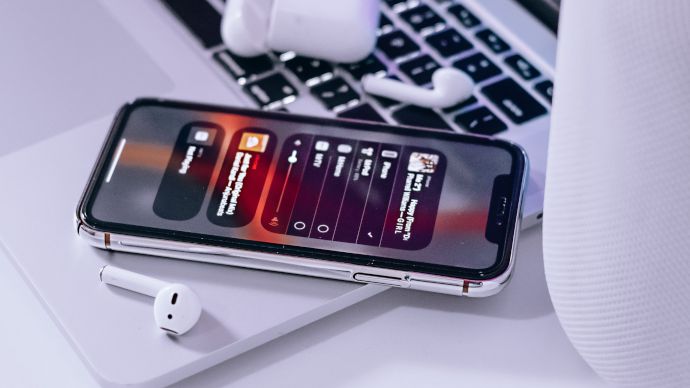
While we've looked at how you can distribute music throughout your entire home, we haven't really looked at how good it will sound. Of course, this largely depends on the quality of speakers you're using.
The reason that Sonos and other whole home and multi-room audio systems are so expensive compared to an Amazon Echo is that they're using much higher-quality speakers.
They'll often also use much more complex internal processing to make your music sound like it's coming from all over the room, or at least from a larger speaker.
While smart speakers can sound much better than you might guess based on their size, they still don't hold up as far as audio quality. (But they can be impressive for the price.)
You Can Always Keep It Simple Instead
For some people, whole home audio is a lifelong dream finally realized. Paired with smart speakers with voice assistants, it can make you feel like you're living in the future.
But if all of this sounds like a headache, don't worry about it. Music will still sound fine on an old-fashioned stereo or even a cheap Bluetooth speaker, if that's all you're looking for.
